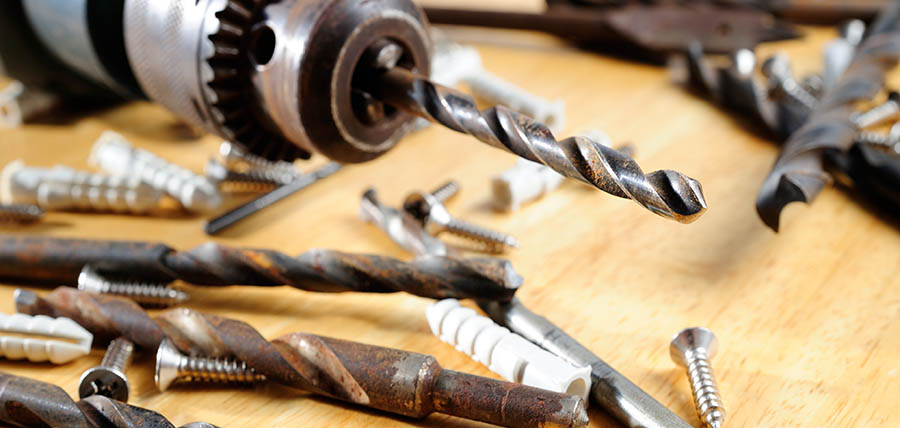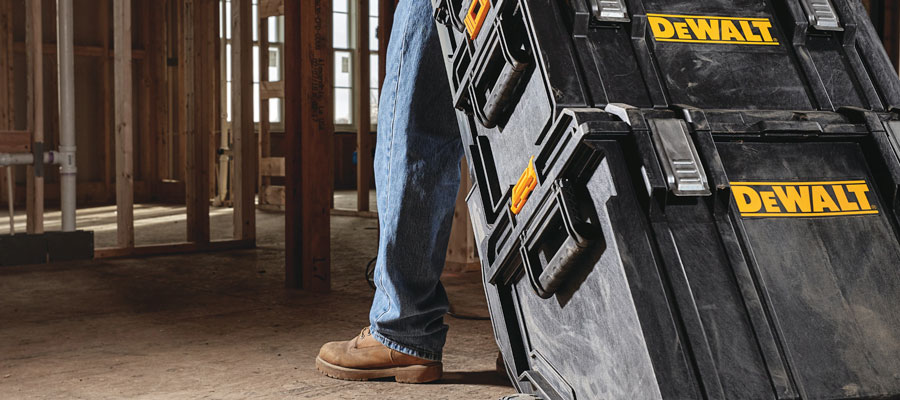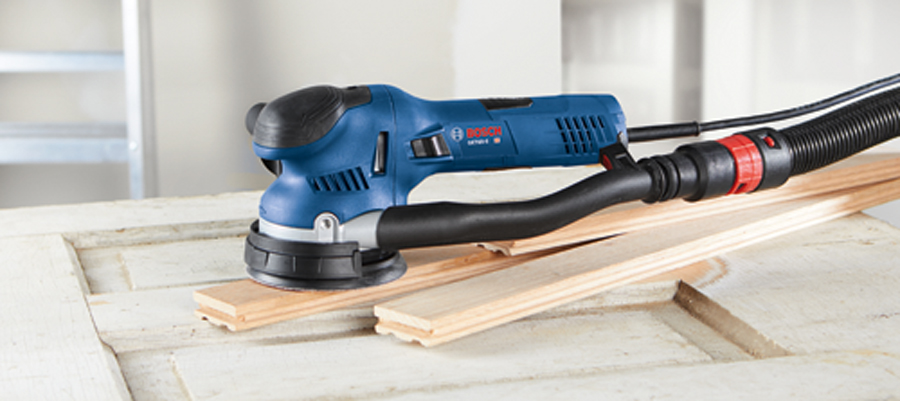When you're getting ready to make a hole in something, drill bits are the first tool that is often considered. But the type of drill bit you need can be vastly different based on what kind of material you're trying to drill and how accurate the hole needs to be. As you face a wide range of drill bits on display at the average home improvement store, the number of options available can be mind-boggling. Here's a quick guide to help you find the right drill bit for your project, ensuring that you can get the job done right the first time.

Generally speaking, the drill bit type depends on the particular material you're going to be drilling and the type of hole you need for your project.
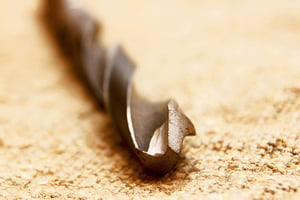
Twist:
When most people think of a drill bit, this is what they're talking about. It forms a spiral down the shaft of the bit, which acts to remove sawdust from the area being cut at the tip of the bit.
Spade:
Generally used for larger holes, spade bits are wide, flat bits that have a point in the middle of the tip, with smaller points at the edges of the bit. This allows them to cut out larger pieces of wood and remove them quickly.
Forstner:
If you need to make a wide, deep hole, a Forstner bit provides better accuracy than a spade bit with more depth than a hole saw. However, it tends to be much more expensive than the other two types of bits.
Brad-Point:
To start a hole in a very specific spot, a brad-point bit is a great option to consider. The very center of the bit sticks out significantly further than the rest of the bit, making it easier to start on center.
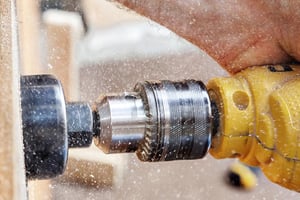
Hole Saws:
When you need to make a larger hole for a doorknob set or deadbolt, hole saws work well to pass through a relatively slender piece of stock. It resembles a short, wide cup with teeth at the top of the cup's walls for cutting the hole.
Countersink:
If you want to sink a screw into the surface of a piece of wood or metal so that it doesn't sit above the surface of the piece, a countersink bit is a great option. It creates a V in the surface of the stock for the head of the screw.
Masonry:
Need to drill into brick, concrete block or concrete? A masonry bit is the best option to consider. It has a head that is relatively dull compared to other twist bits, but this works well for breaking up material and clearing it from the hole.

Augers:
If twist bits shave bits of wood out starting at the center, augers pull more of it from the edges of the hole. They tend to have a slightly different shape to help remove larger pieces of wood from your borehole.
Self-Feeding:
When you need an extremely clean hole made in a piece of wood, a self-feeding bit may be an excellent choice. It has a small screw point in the center that pulls the bit through the wood.
Plug Cutters:
When you're doing woodworking and you want to get a really close match between the lumber you're using and the plugs used to fill screw holes, a plug cutter allows you to make these plugs on your own.
Step:
Do you need to make a range of different hole sizes but don't want to carry around a whole file of drill bits? A step bit allows you to use a single bit that steps up in size every few millimeters.
Tile:
Because drilling tile requires cutting through the glaze neatly as well as the clay compound that makes up the tile, the bit has to have components of both masonry and glass bits.
By knowing what kind of bit you should get for your project, you can quickly locate the right bit for the job and get back to work. Still not quite sure exactly which type of drill bit you need? The experienced associates at Star Sales are here to help you with any questions or concerns. Please feel free to contact us today to get started with the right drill bit for your next project.

